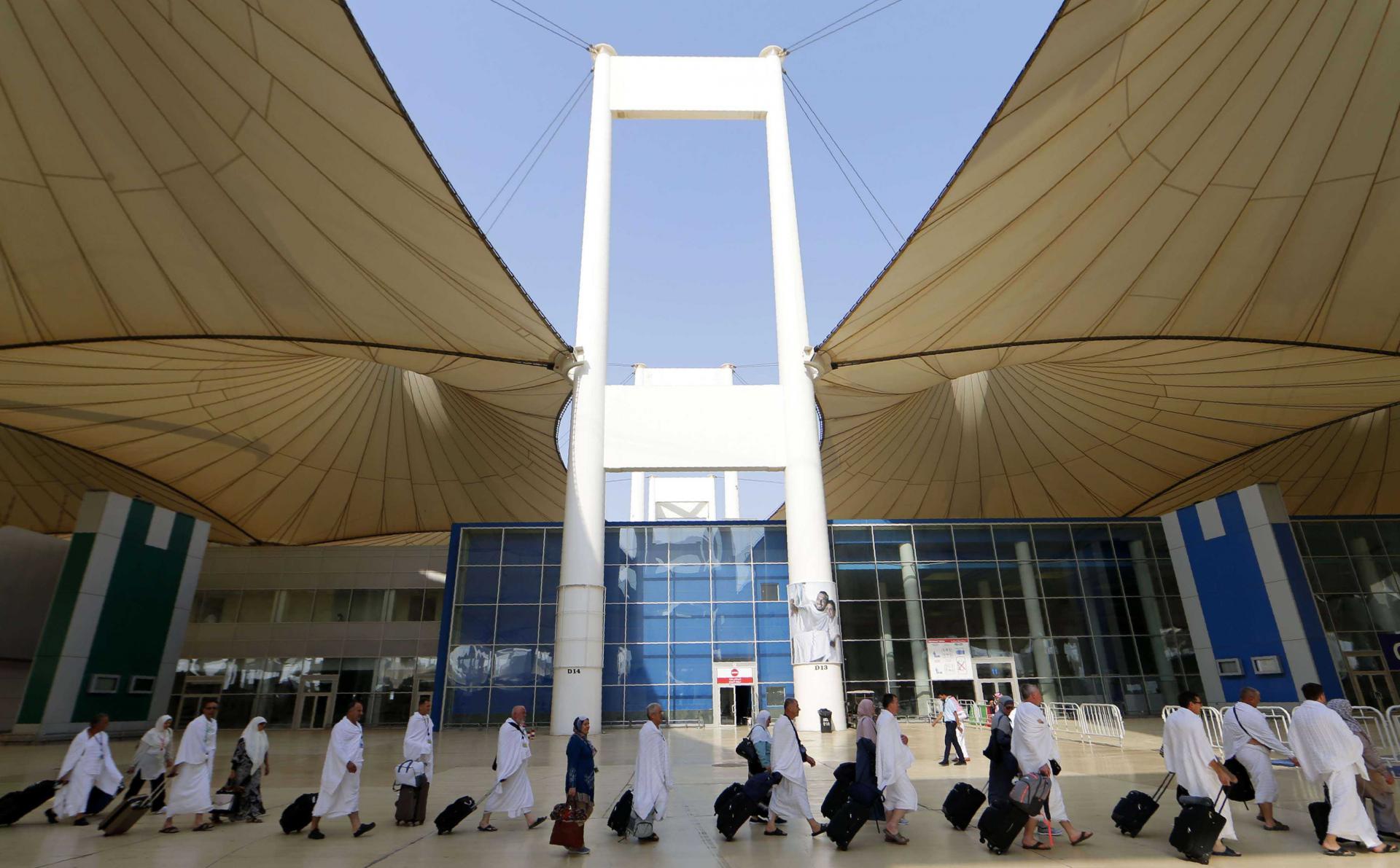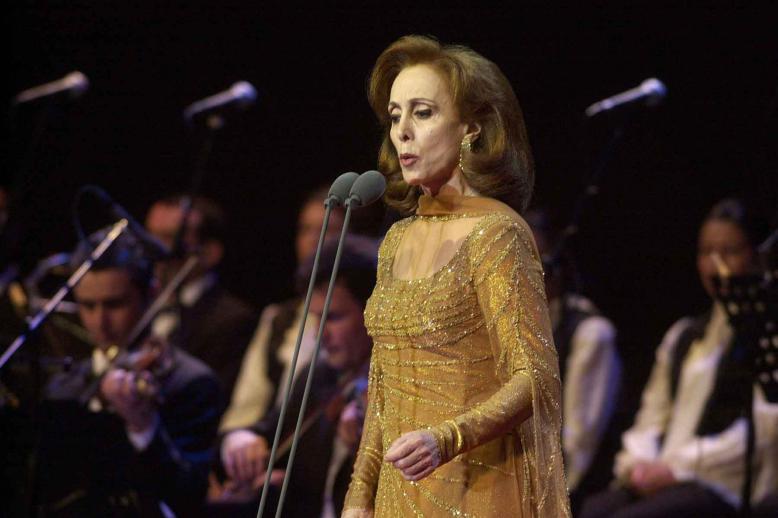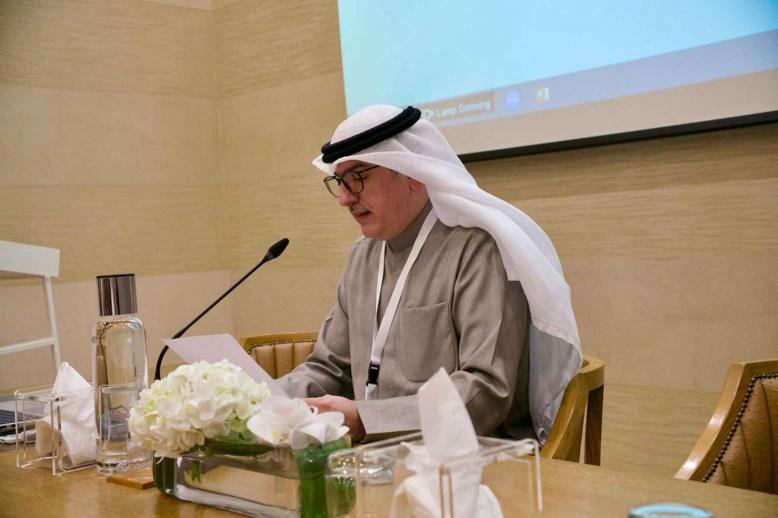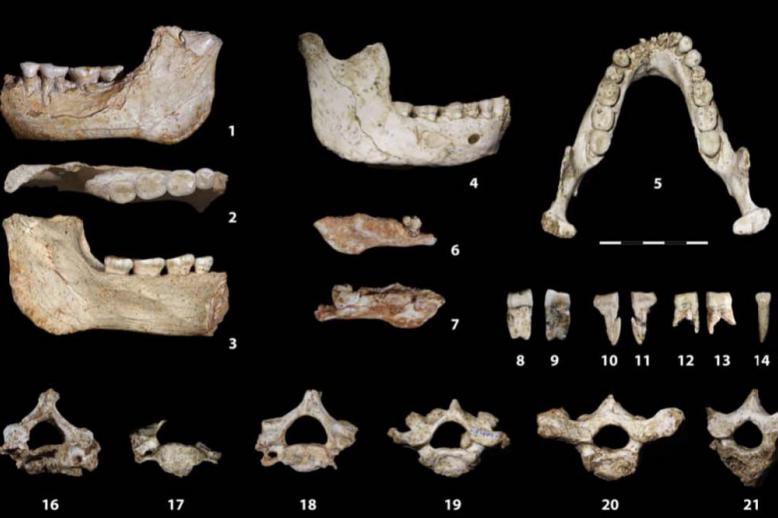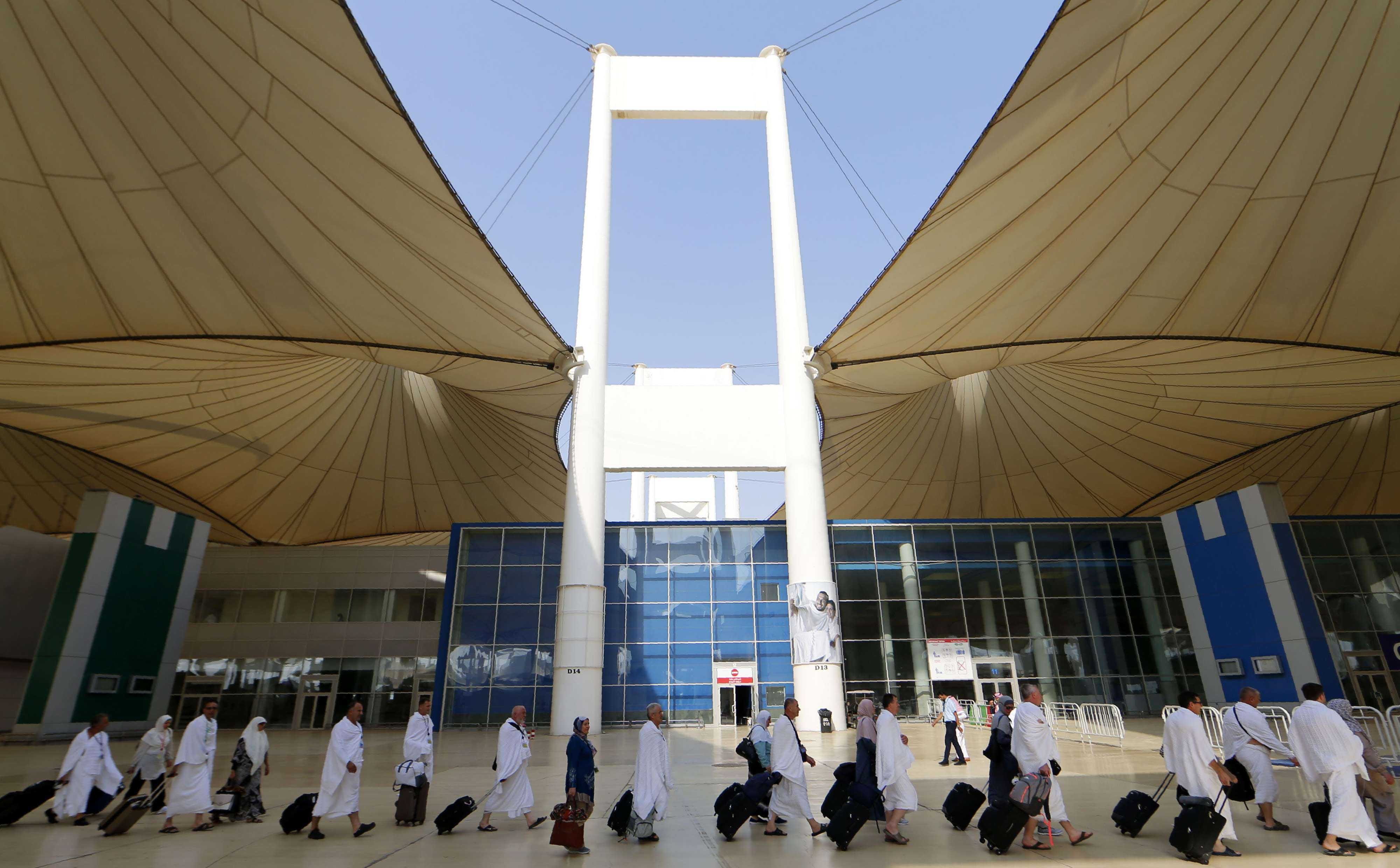Jeddah shines as Saudi Arabia’s main gate for hajj pilgrims
JEDDAH - The Saudi city of Jeddah acts as the main gate for pilgrims during the hajj season. After completing long-awaited hajj rituals, pilgrims have a chance to visit Jeddah’s old souks, modern shopping malls and many museums or relax at sunset on the city’s famous corniche and take pictures.
Jeddah is a curious and amazing combination of modern buildings and history-laden locations.
Pilgrims wishing to buy gifts to take home find everything they need in Jeddah’s popular souks, such as Bab Sharif, Al-Yamna Souk and Haraj al-Sawarikh or in the many air-conditioned malls. Pilgrims often stock up on perfume, oud and oud oil, siwak, prayer mats picturing Mecca or Medina and the ever-popular gift of prayer beads. Gold is also very popular as a gift for loved ones. Many pilgrims like to buy gifts by the dozen.
For pilgrims, the trip to Mecca is an unforgettable spiritual experience. That is why they are often keen to buy souvenirs and to document their stay. In an age of smart phones, pilgrims have become adept at taking selfies and instantaneously sharing them with loved ones.
“The gifts we take home have a tremendous impact on relatives and friends,” said Tunisian pilgrim Hajji Ibrahim al-Diwani. “They hold a great spiritual value. To each member of the family, there is his or her particular gift. For the wife, only gold will suit her. The daughters will get cloth for dresses. As for the parents, their gifts are usually oud and musk oils, prayer rosaries and Zamzam water.”
Historic al-Alaoui is perhaps the best known of all of Jeddah’s souks. It is full of perfume and spice shops, which give it an unmistakable aroma. In the old days, al-Alaoui was the first souk pilgrims encountered as they disembarked from ships at the port and moved by camel caravan towards Mecca Gate. It was also the last souk they saw when leaving.
The old city of Jeddah specialises in cloth and clothing. Cloth has long been at the top of every pilgrim’s shopping list. The old souk of the Mosque teems with shops offering a fantastic array of cloth from all over the world many colours, shapes, designs and quality. The Mosque souk is a must-stop for all pilgrims.
Of course, next to major souks and places visited by pilgrims, there are plenty of small shops and street vendors hawking all kinds of souvenirs.
Once the shopping is done, pilgrims flock to Jeddah’s corniche to relax and enjoy the wonderful seascape. It is time for strolls and plenty of pictures. With its wide variety of huge sculptures and edifices, Jeddah’s corniche is a huge open-air museum listed in the “Guinness Book of World Records.” Al-Saif Beach Corniche offers unique walkways, green areas and plenty of resting spots.
Pilgrims go to the corniche to relax and meet other pilgrims from all over the world for a chance to exchange information about their countries and their hajj experience.
The corniche in Jeddah was designed to accommodate 120,000 visitors at the same time. It includes 17 plazas, 14 water fountains, five observation towers and five buildings servicing the swimming areas. There is a marina, a sea shuttle, playgrounds, plenty of sculptures and an iron bridge linking the corniche to Prince Faisal Bin Fahd Street.
Children can find plenty of playgrounds and educational games on the corniche. There are many restaurants and means of transportation. Corniche parking areas can accommodate 1,600 vehicles. Four of the fountains along the corniche are interactive.
The floating mosque on the corniche is a favourite spot for pilgrims and visitors from Asia and Arab countries, especially during sunset prayer. They are attracted by its unique design and decorations and the serenity of the surrounding sea.
Officially, the floating mosque is called al-Rahma Mosque but it is known locally as Fatma al-Zahra Mosque. The building is a distinctive combination of traditional and modern architecture and has been equipped with the latest sound and lighting technologies.
Should a visitor wish to glimpse at Jeddah’s rich history and heritage, there are many museums and buildings in the city’s historic section to explore. Jeddah has preserved many of its ancient mosques and famous historic sites. The city also includes science and private museums. The private museum of Al Taybet City Museum for International Civilisation contains 14,000 historic pieces exhibited in 67 halls.
Jeddah’s old wall is still standing proudly, a witness to the city’s long history as well as to the tremendous changes the city has undergone in its modern era.
This article was originally published in The Arab Weekly.


